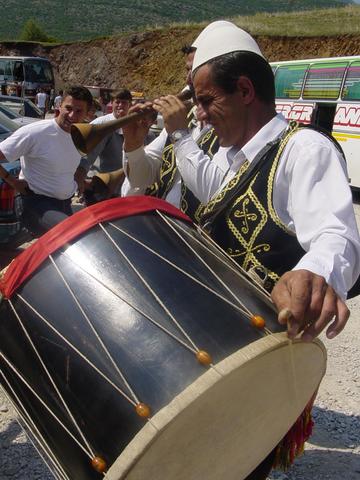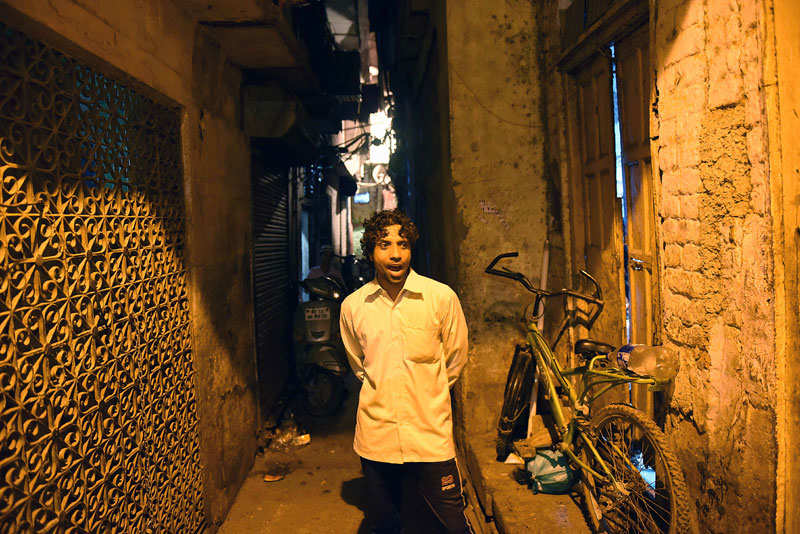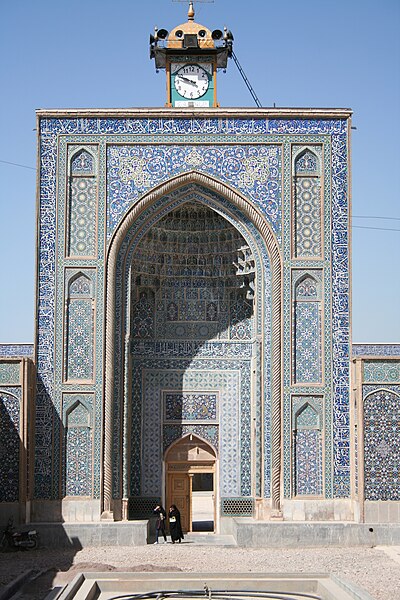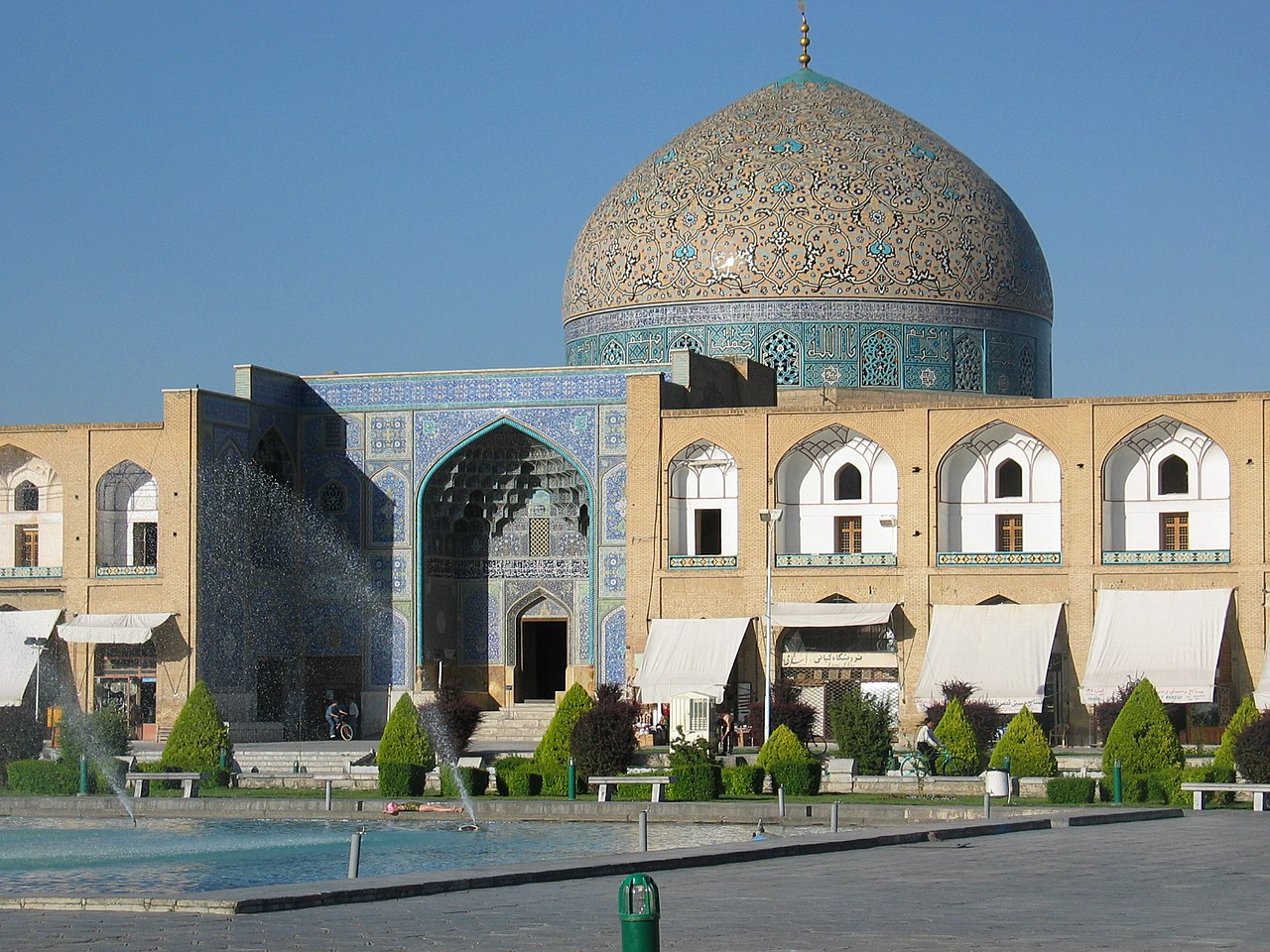Although I might missed a lot of the Ramadhan traditions around the world with the series now I am closing it, as Ramadhan comes to a close, I would like to save them for next time! For the closing of the series of articles, Let’s look at the ramadhan traditions prevalent throughout the Muslim world, wherever they might be.
Iftar : Happiness in Togetherness
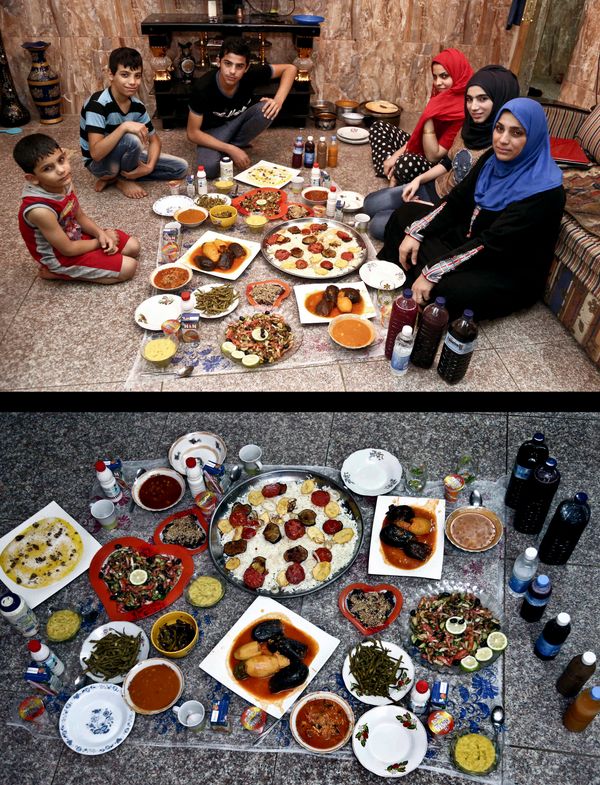
https://www.huffpost.com/entry/ramadan-iftars_n_5605933
The Prophet Muhammad (Peace be Upon Him) once said in a Hadith (Prophetic narration) :
The Prophet said, “He who fasts has two joys: a joy when he breaks his fast and a joy when he meets his Lord. The change in the breath of the mouth of the one who fasts is sweeter to Allah than the smell of musk.”
Sahih Al Bukhari and Muslim
In the Islamic communities, Iftar, or the breaking of fast at the end of the fasting day every sun down, is a cause for celebration. All over the world Muslims had their iftar as festive as they are able to, whether it is with their families, their communities or even by themselves, by having specially prepared meals that are not usually had during the other days of the year.
It is understandable how Iftar can be a joyous moment during fasting. Having no food or drink, not even a sip of water throughout the day, enjoying a meal which oftentimes prepared specially with meals not found on the other days of the year is a simple happiness. Sharing them with the ones we loved and cared, or even with the community just amplifies this feeling of happiness. Imagine when you have a light moment and people come to join in your happiness – the smiles and laughter are just infectious.
Although now what with the situation we are having now, the communal gathering during Iftar are mostly cancelled, the joys of Iftar still exists, although in smaller numbers like in a household. The joys that the Prophet had noted before still rings true, despite the conditions that we are facing.

Taraweeh : The Special Prayers of Ramadhan
Taraweeh or Tarawih are special nightly prayers performed after the Isya’ Prayers (daily nighttime prayers).The term comes from the Arabic root word Rahat, meaning to be comfortable. This means that the prayer is performed slowly and comfortably, presumably to help us to digest the Iftar meals we had before.
The numbers or Raka’ah (repetitions) in a Taraweeh prayer vary from mosque to mosque, or individuals to individuals, should they chose to perform it in the comforts of their own home. The most agreed upon number is 20 Raka’ah, and the last number of raka’ah would be 8. This is dependent on each owns preference and lever of fitness, as sometimes people cannot perform the prayers repeatedly for a long time.
Each night, the mosques would be filled with congregants who would want to reap the rewards of the prayers during the sacred month. Although now with the pandemic happening, some countries forgo the prayers and asks congregants to pray privately in their own homes. Some still have people performing the prayers in the mosques, albeit within the restrictions set up by the local governments. However, in communities with the infection count under control, the congregants flock to the mosques to offer their prayers, being thankful that they have the chance to do so, unlike their brothers and sisters in other countries.
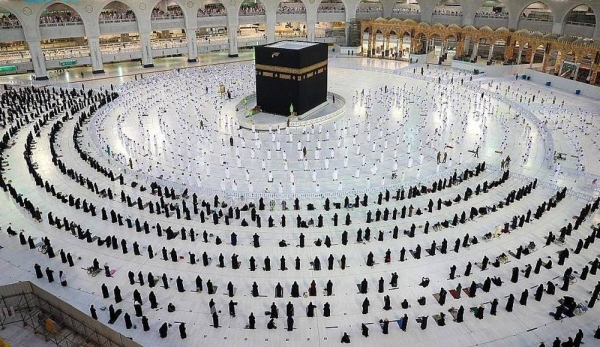
Courtesy : https://saudigazette.com.sa/article/605434
Lailatul Qadar : The Night of Decree
Indeed, We sent it [i.e., the Qur’ān] down during the Night of Decree.
And what can make you know what is the Night of Decree?
The Night of Decree is better than a thousand months.
The angels and the Spirit [i.e., Gabriel] descend therein by permission of their Lord for every matter.
Peace it is1 until the emergence of dawn.
Al Quran, Surah Al Qadr Verse 1-5
Lailatul Qadar, translated as the Night of Decree or Night of Power in English, is a special night in Ramadhan which holds an importance in the Islamic community. It is believed that during this night, the Prophet Muhammad received his first revelation from Allah. It is also the night during when the angels of God descend down from heaven to earth bringing the years blessings, God’s decrees and peace to Muslims.
The exact time of the night is not certain, but it is believed to be during the last ten nights of Ramadhan. It is said that Allah kept the actual night concealed because He wanted Muslims to pray to him even more during the last ten nights, in order to reap the rewards of Lailatul Qadar, the night better than a thousand months.
Muslims honour the last ten nights of Ramadhan by increasing their spiritual activity – Reading the Qur’an, supplicating and performing extra prayers are some of the activities Muslims do during these period. And nowhere this can be seen at its most apparent than the three most sacred sites in Islam – Mecca, Medina and Jerusalem. Muslims here commemorate the last nights with prayers, often staying up all night in the mosques .

Photo Courtesy : https://www.aa.com.tr/en/middle-east/400-000-muslims-mark-laylat-al-qadr-at-al-aqsa-mosque-/1494596




